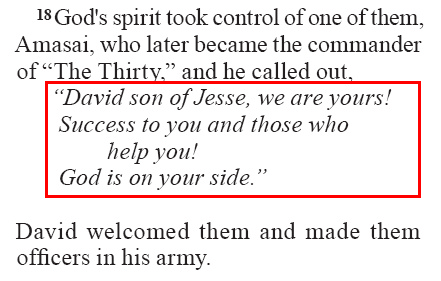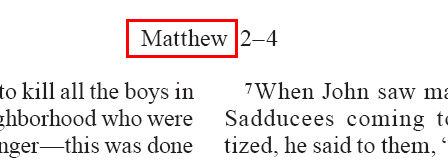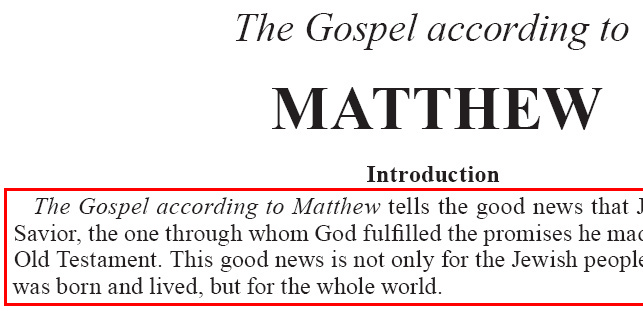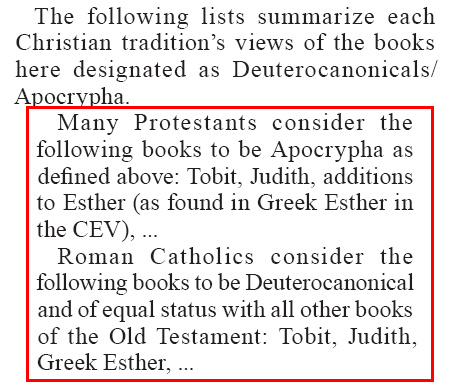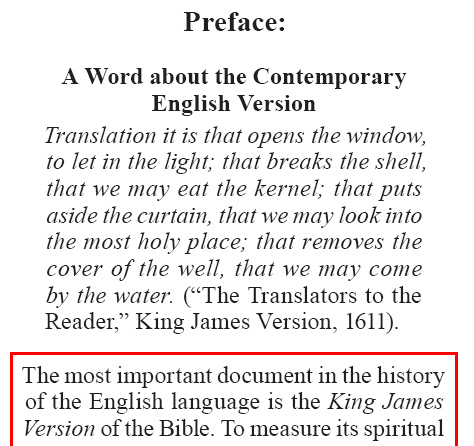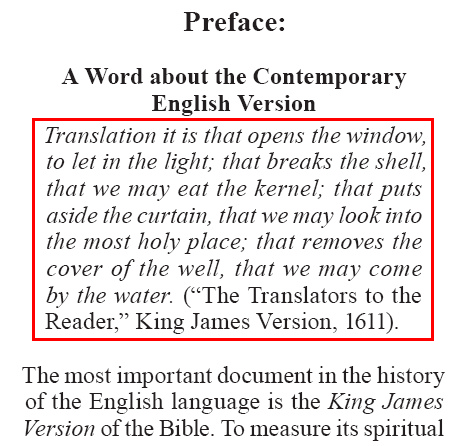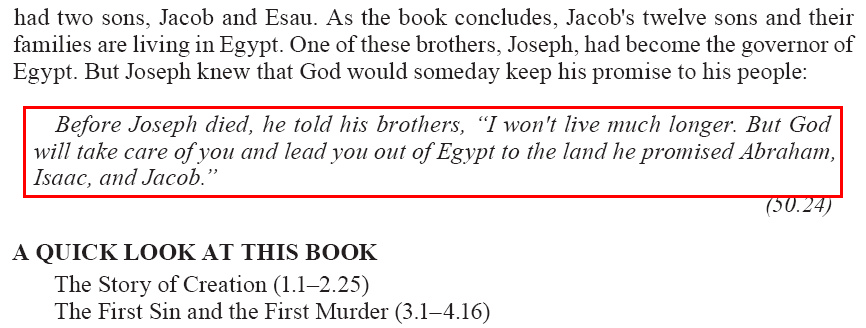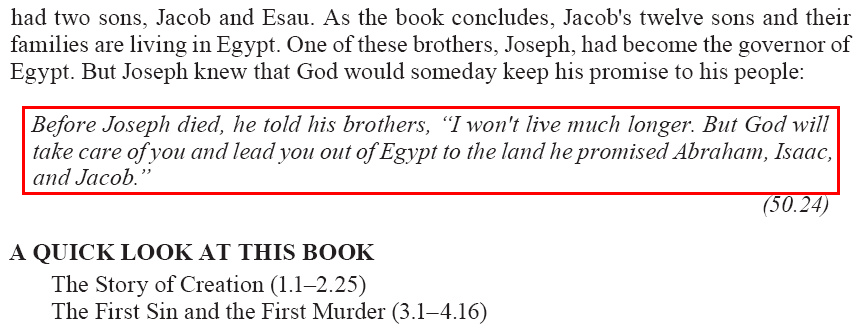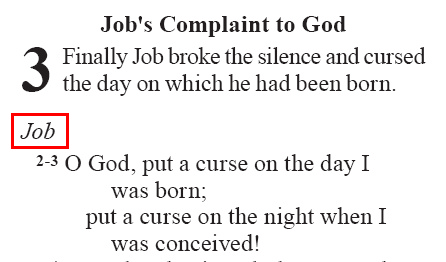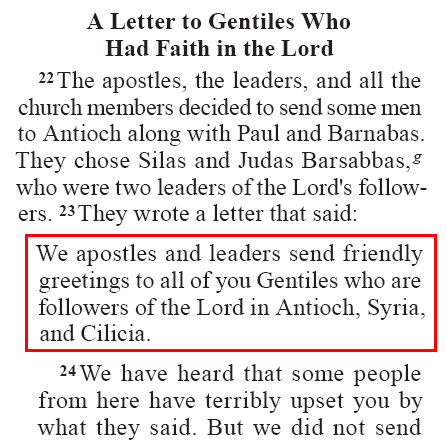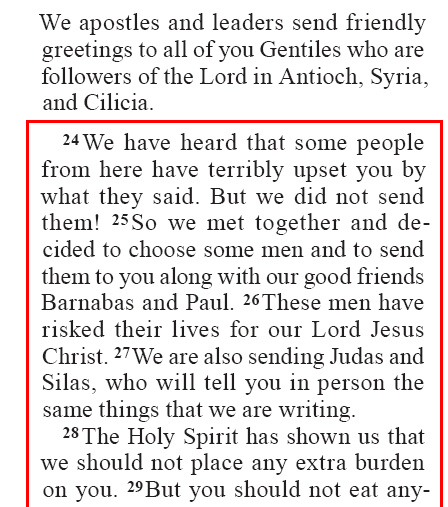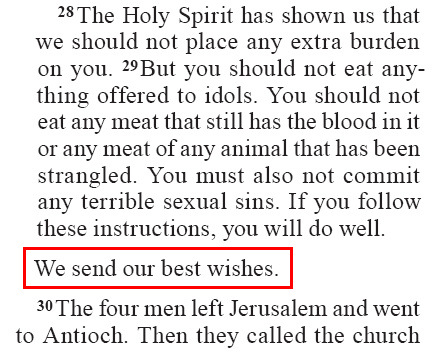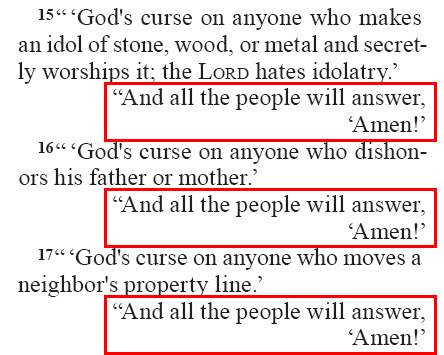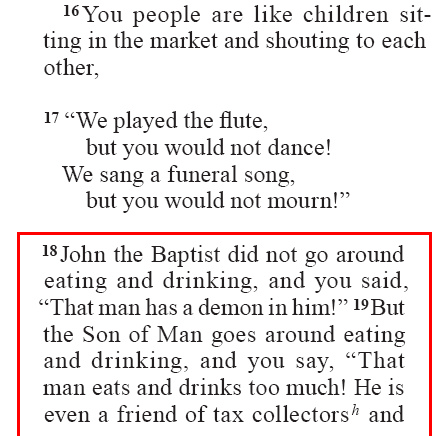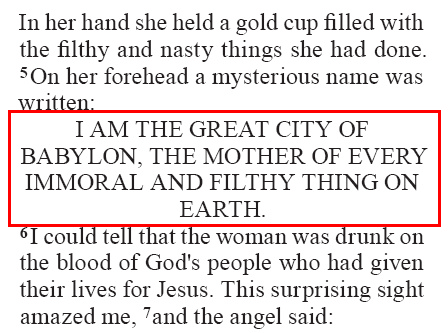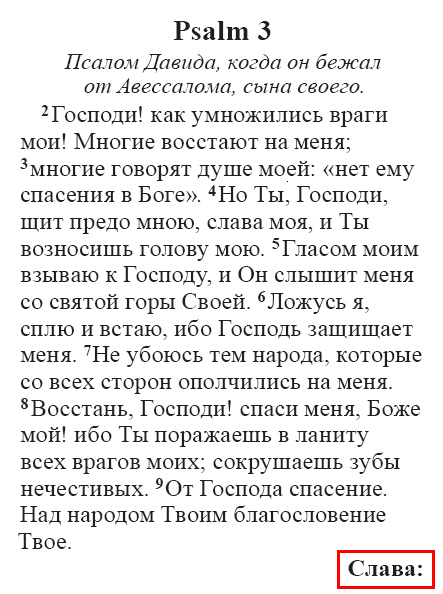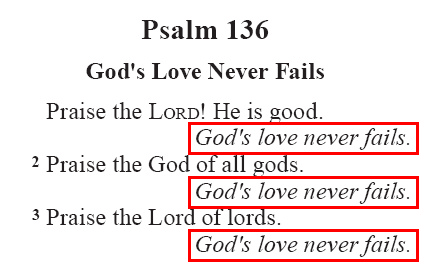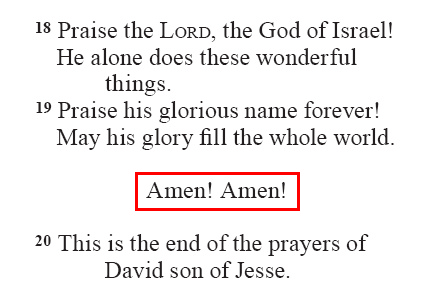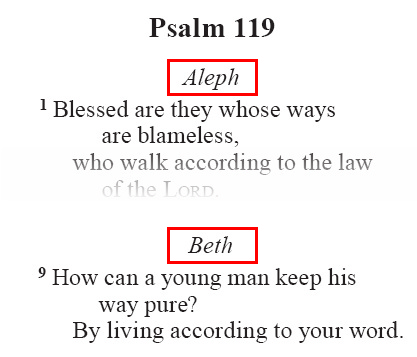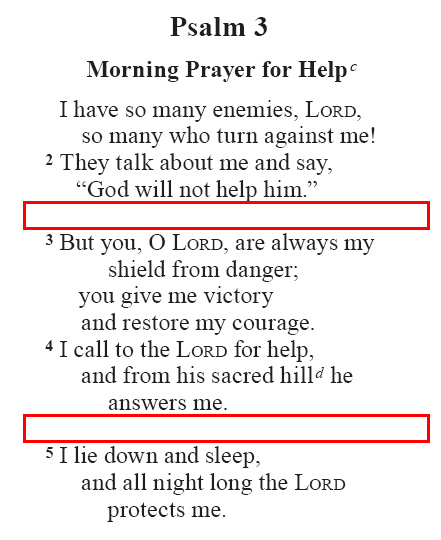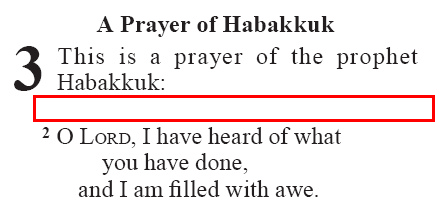<para> @style Types¶
Note
Numbered <para> @style Attributes
Some @style attributes include an optional numeric variable, which is represented in this documentation by a hash character (#). In USX the attribute number indicates:
A portion of a complete element, or relative weighting of the “pieces” of the elements, such as mt1, mt2, mt3 which are all parts of a major title.
The level of division (hierarchy).
The level of indentation relative to other like elements, as in poetry (q#) or lists (li#) or outlines (io#).
style = style1 — The unnumbered version of a style attribute may be used when only one level of this paragraph style exists within the project text. Numbers should always be included when more than one level of the paragraph style exists within the project text.
Identification¶
- @style
toc1
- Use
Long table of contents text.
- Valid In
- @style
toc2
- Use
Short table of contents text.
- Valid In
- @style
toc3
- Use
Book abbreviation.
- Valid In
Note
About toc1, toc2, toc3
The metadata.xml file within a DBL text release bundle contains a bookNames element in which each scripture book is itemized together with child elements for its long, short and abbreviated forms. The bookNames element is the key location where this book naming metadata is contained within the bundle. USX para elements with attributes toc1, toc2, or toc3 are strictly optional data. Their presence in a USX file is valid, but reflects a legacy form of USFM markup in which the USFM files for each book were the key location for this book naming metadata.
Introductions¶
- @style
imt#
- Use
Introduction major title.
# denotes the title level or relative weighting.
imt = imt1 (see notes on numbered @style attributes)- Valid In
-
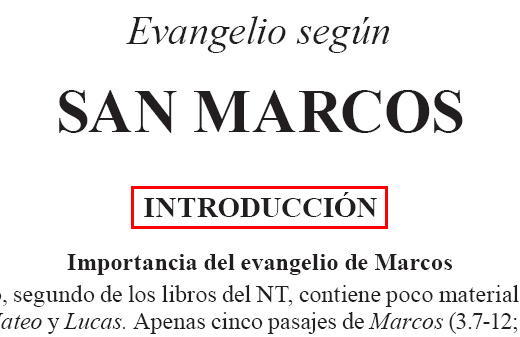
- @style
is#
- Use
Introduction section heading.
# denotes the title level or relative weighting.
is = is1 (see notes on numbered @style attributes)- Valid In
-
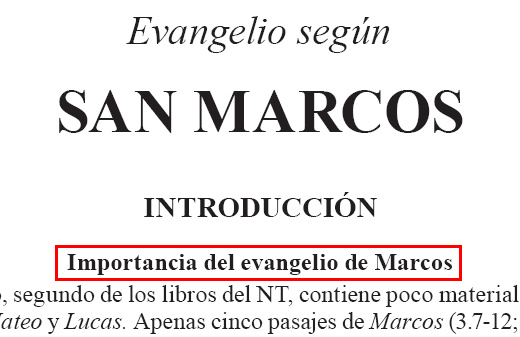
- @style
ipr
- Use
Introduction right-aligned paragraph.
Typically used for the reference for a quote from the scripture text (imq, ipq)- Valid In
-
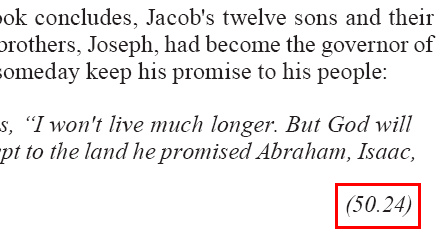
- @style
iq#
- Use
Introduction poetic line.
# represents the level of indent (i.e. iq1, iq2, iq3 etc.)
iq = iq1 (see notes on numbered @style attributes)- Valid In
-
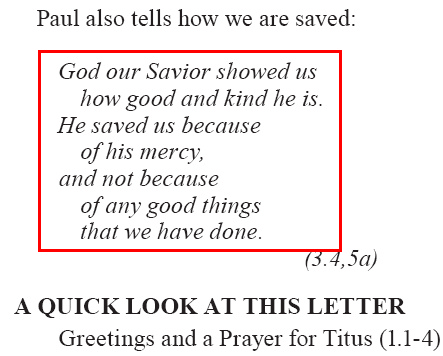
- @style
ib
- Use
Introduction blank line.
May be used to explicitly indicate additional white space between paragraphs.- Valid In
- @style
ili#
- Use
Introduction list item.
# represents the level of indent
ili = ili1 (see notes on numbered @style attributes)- Valid In
-
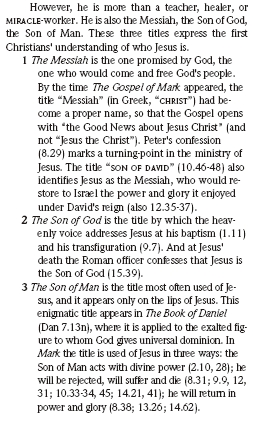
- @style
iot
- Use
Introduction outline title. (see io# below)
- Valid In
- @style
io#
- Use
Introduction outline entry.
The outline entry typically ends with a range of references in parentheses.
References may be marked with char @style ior.
# represents the outline (indent) level. io = io1 (see notes on numbered @style attributes)- Valid In
-
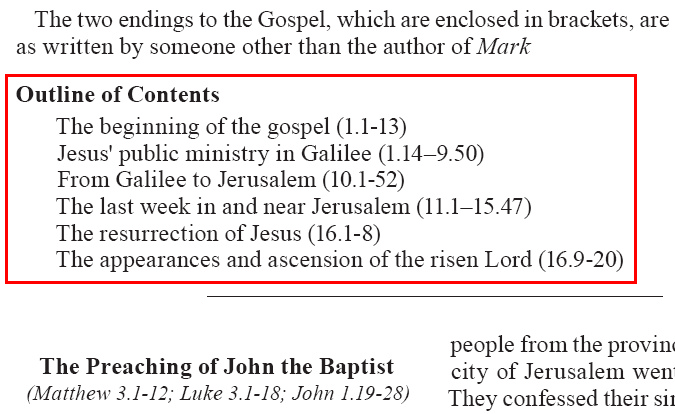
- @style
iex
- Use
Introduction explanatory or bridge text (e.g. explanation of missing book in a short Old Testament).
This para @style is used within Chapter Text.- Valid In
- @style
imt#
- Use
Introduction major title ending.
Used to mark a major title indicating the end of the introduction.
# represents a portion of the title, with the lesser emphasis (relative weighting) being on the higher numbers.
imte = imte1 (see notes on numbered @style attributes)- Valid In
- @style
ie
- Use
Introduction end.
Optionally included to explicitly indicate the end of the introduction material.- Valid In
Titles and Headings¶
- @style
mt#
- Use
Main title.
Key components in the title of a biblical book.
# represents a portion of the title, with the lesser emphasis (relative weighting) being on the higher numbers.
mt = mt1 (see notes on numbered @style attributes)- Valid In
-
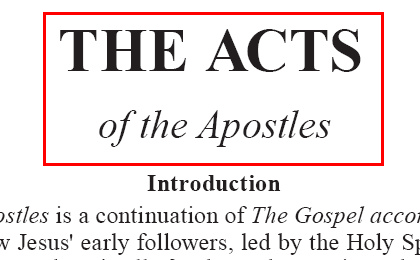
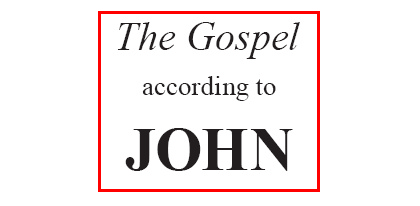
- @style
mte#
- Use
Main title at introduction ending.
May be used in texts which repeat the main title at the end of the introduction.- Valid In
- @style
ms#
- Use
Major section heading. A heading added before a broader text division than what is typically considered a “section” division (see s#).
# represents the level of division.
ms = ms1 (see notes on numbered @style attributes)- Valid In
-
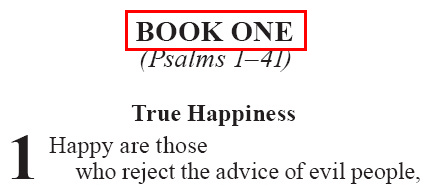
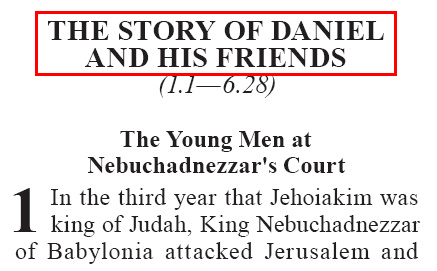
- @style
mr
- Use
Major section reference range.
The text reference range listed under a major section heading.- Valid In
-
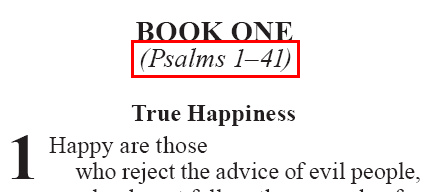
- @style
s#
- Use
Section heading.
The typical (common) section division heading.
# represents the level of division.
s = s1 (see notes on numbered @style attributes)- Valid In
-
s1 example
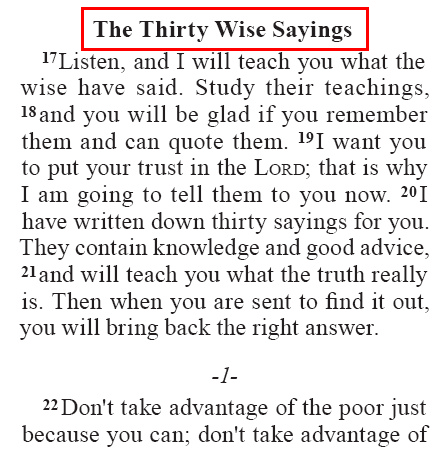
s2 example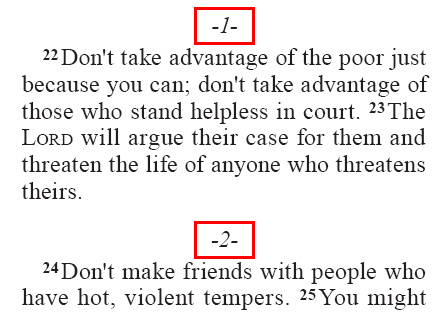
- @style
sr
- Use
Section reference range.
The text reference range listed under a section heading.
sr is not equivalent to r which is used for marking parallel references.- See also
- Valid In
-

- @style
r
- Use
Parallel passage reference(s).
A reference to a parallel passage usually located under a section heading s#.- See also
- Valid In
-
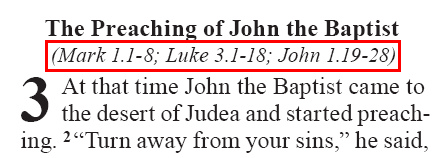
- @style
d
- Use
Descriptive title (or “Hebrew subtitle”).
Sometimes used in Psalms under the section title (e.g. “For the director of Music”).- Valid In
-
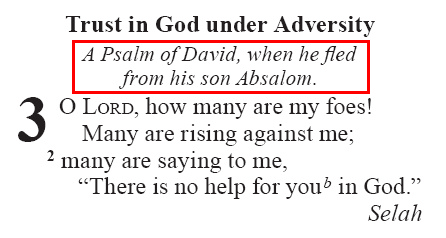
Paragraphs¶
- @style
m
- Use
Margin paragraph.
Typically used to resume prose at the margin (without indent) after poetry or OT quotation (i.e. a continuation of the previous paragraph).- Valid In
-
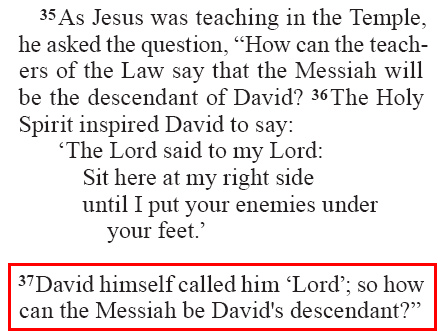
- @style
pi#
- Use
Indented paragraph.
Used in some texts for discourse sections.
# represents the level of indent.
pi = pi1 (see notes on numbered @style attributes)- See also
- Valid In
-
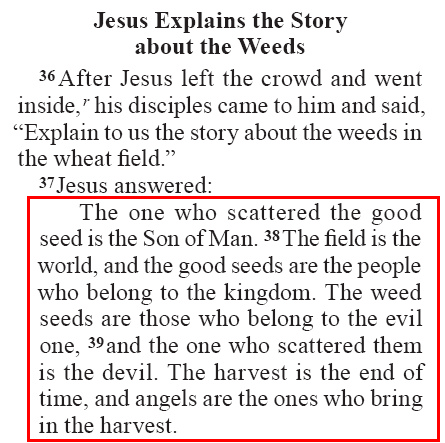
- @style
li#
- Use
List item (out-dented paragraph meant to highlight the items of a list.).
# represents the level of indent
li = li1 (see notes on numbered @style attributes)- Valid In
-
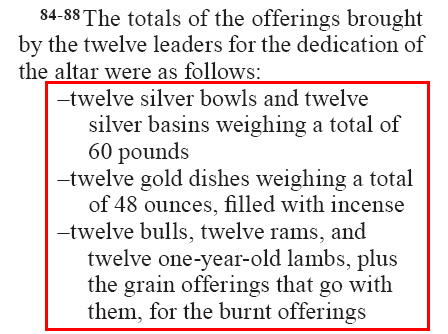
- @style
pr
- Use
Right-aligned paragraph
 Use is strongly discouraged.
Use is strongly discouraged.
 Recommended alternate is pmr
Recommended alternate is pmr - Valid In
- @style
ph#
- Use
Indented paragraph with hanging indent.
# represents the level of indent
ph = ph1 (see notes on numbered @style attributes)
 Use is strongly discouraged.
Use is strongly discouraged.
 Recommended alternate is li#
Recommended alternate is li# - Valid In
Poetry¶
- @style
q#
- Use
Poetic line.
# represents the level of indent (i.e. q1, q2, q3 etc.). q = q1 (see notes on numbered @style attributes)- Valid In
-
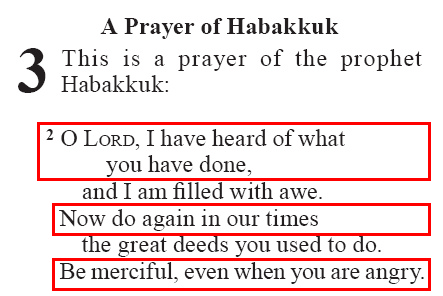
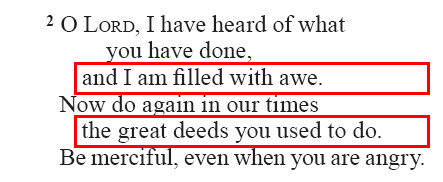
- @style
qm#
- Use
Embedded text poetic line.
# represents the level of indent (i.e. qm1, qm2, etc.).
qm = qm1 (see notes on numbered @style attributes)- Valid In
-
